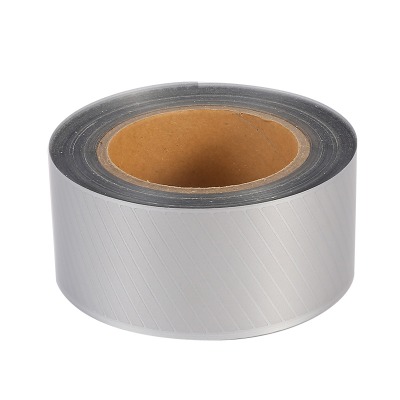
The demand for effective window treatments has surged, causing many homeowners and businesses to explore various options. Among these, window reflective covering has emerged as a popular alternative to traditional curtains. Today, we delve into the differences between window reflective covering and conventional curtains, highlighting their unique functionalities and benefits.
Window covering is a specialized film applied directly to the glass surface, designed to reflect sunlight and reduce heat gain. Unlike traditional curtains, which block light and visibility, window reflective covering allows natural light to enter while minimizing glare and maintaining privacy during the day. This feature is particularly beneficial for offices and homes with large windows, where excessive sunlight can cause discomfort and increased energy costs.
One of the significant advantages of window reflective covering is its energy efficiency. By reflecting a substantial amount of solar energy, this film can help keep indoor spaces cooler during hot summer months. Studies have shown that reflective covering can block up to 82% of heat, significantly reducing the reliance on air conditioning systems. In contrast, traditional curtains may provide some insulation but do not actively reflect heat away from the glass, making them less effective in energy conservation.
Moreover, window reflective covering offers enhanced UV protection. It can block up lots of harmful UV rays, which not only protects the skin but also prevents furniture and flooring from fading. Traditional curtains, while they may provide some level of UV protection, often do not offer the same degree of effectiveness as window reflective covering. This makes the film a good choice for those looking to preserve their interior spaces.
Another critical difference lies in the aesthetic appeal and versatility of window reflective covering. Available in various shades and styles, this film can enhance the exterior appearance of a building, giving it a sleek, modern look. In contrast, traditional curtains can sometimes appear bulky or outdated, limiting design options. Window reflective covering allows homeowners to maintain their views while enjoying the benefits of privacy and glare reduction, a feature that curtains cannot provide.
However, it is essential to consider the limitations of reflective covering. While it offers privacy during the day, this effect diminishes at night when interior lights are on, making it possible for outsiders to see in. Traditional curtains, on the other hand, can provide consistent privacy regardless of the time of day. This aspect may cause some individuals to use a combination of both solutions, utilizing window reflective covering during the day and curtains at night for added privacy.
Installation is another factor to consider when comparing window reflective covering and traditional curtains. Installing reflective covering typically requires professional assistance to ensure a smooth application and good performance. In contrast, curtains can be easily hung by homeowners, making them a more straightforward option for those who prefer a DIY approach. However, the long-term benefits of window reflective covering often outweigh the installation effort.
In terms of cost, window reflective covering can be a more economical choice over time. While the upfront cost of purchasing and installing the film may be higher than that of curtains, the energy savings and reduced wear on HVAC systems can cause significant savings on utility bills. Traditional curtains may need to be replaced more frequently due to wear and tear, adding to their overall cost.
Both window reflective covering and traditional curtains have their merits, but the choice ultimately depends on individual needs and preferences. For those seeking energy efficiency, UV protection, and modern aesthetics, reflective covering is an good option. Conversely, if consistent privacy and ease of installation are priorities, traditional curtains may be the better choice. As the demand for innovative window treatments continues to grow, reflective covering stands out as a versatile and effective solution for modern living.